At Chaos Films, we always love a client looking to try new things, a client who goes for quality, a client who wants the best. But what if they want stuff that’s so far on the cutting edge that it’s never actually been done before (okay, except perhaps by people like Sony!)? Well, we love that, too!
Categories
Technical Speciality
Nerdy Chat
***Quick tecchie bit *** Most stuff these days ends up as HD (high definition) video. But the high data capture rates of video cameras and the large-sensor technology means we’re missing out on how ‘lush’ (that’s a technical term, obvs) the films could be. So along comes UHD (Ultra High Definition) and HDR (High Dynamic Range). Think of the ‘definition’ bit in UHD as being about the amount of detail you can see – individual hairs or blades of grass in a picture. And think of HDR as being about the depth and range of brightness – so for example when people wear black on TV it often looks like a black block with no variation, but in HDR you can see the folds of the fabric; black isn’t just black. And the gleam of a piece of jewellery or window in the sunlight becomes a super-bright glint; much more like you’d see with your eyes if you were actually there. Put UHD and HDR together and you’ve got yourself a whole new viewing experience where highlights are brighter, where areas of gloom suddenly become areas of interest and the sunlight on water dazzles brightly enough to make you squint. ***end of explanation***
The shooting was a joy, with data flowing off the tasty Sony F55 faster than you can say…well, faster than you can say anything, actually, at 1 Gbps (yes, GIGABITS PER SECOND!)…and, as we shot some things at 50 frames per second so we could do slo-mo, at those points we were creating data at 2Gbps! It looked awesomely gorgeous. The weather was kind, the subjects were beautiful, the film was looking great. We dashed back each day to drool at the rushes. Put together the gorgeous kit with the lighting, direction and filming talents of Gerard Georgi-Coll, Andrew Rix and James Bushe, and you bring home rushes that look like they were shot for the latest Hollywood movie.
But in the past I’ve brought back beautiful rushes like this and although they’ve turned into great films, the finished films have never managed to be quite as beautiful as the footage we captured on the day. They’re inevitably a little….’flatter’. That’s HD for you.
So we were all excited about seeing the results…
“This was when things got tricky…”
At this point I have to leave the story hanging, as although the edit came together beautifully and the HD version was done in super-quick time (great work, Gerard!), the HDR10 version proved *somewhat* trickier. You see, before the shoot we checked that the tech existed to produce HDR. After all, we always deliver our promises and it was looking good. Our edit software (Premiere Pro, a package used from Cricklewood to Hollywood) said it ‘supports the production of HDR’…we were interested to try out the (HEVC) H.265 codec which we knew existed (although for now just about everybody is still using H.264). We knew that HDR-capable TV’s were about to hit the market..and are now for sale. But where was all the HDR video material? Surely someone had done it?
Well, this was when things got tricky…
It turned out that a lot of people who said they’d ‘done HDR’ were actually labouring under the misconception that it was like stills photography HDR…which is pretty much the opposite of video HDR! Then came the complication that video HDR is so new, all the manufacturers themselves are still at the stage of working out how it will be treated by their televisions. The files need metadata (stuff that tells the TV about what kind of data is in the file) and this isn’t yet standard across manufacturers. We failed to find a single production company in the world who had shot some footage, edited it and turned it into something that would play successfully on an HDR TV. We knew the large companies (Samsung in partnership with 20th Century Fox, Netflix, Amazon, probably Sony & Disney) had done it, but their work is all in-house and, of course, top secret. So…what to do?
“And our jaws hit the ground…“
Our stunning tech team trawled forums, made contact with boffins in Germany, called up ‘nerds I know’ and made use of their contacts at ‘the big guys’. They created metadata (using Florian Friedrich’s SEIedit), tested and tweaked and tested again. The ten-minute film took 29 hours to encode, with our fully-pimped edit machine’s eleven processing cores running at full steam (in fact the machine told us it was running at 111%, which seems a tad ‘drama queen’ of it). That was a long night.
And they did it.
And we watched it.
And our jaws hit the ground. It is stunning. It is beautiful. It is the future.
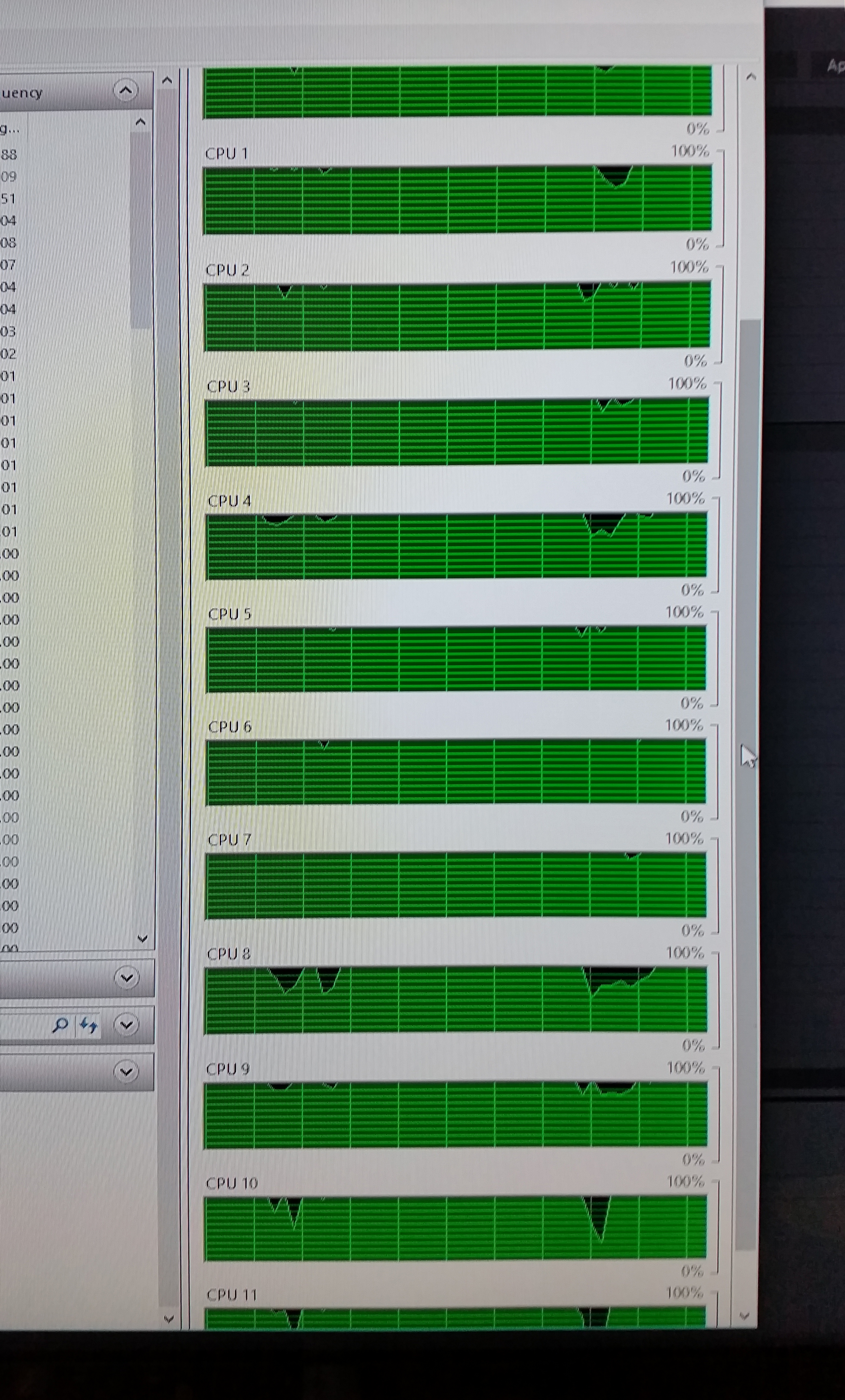
It is VERY annoying that I can’t post it here because virtually no-one has a monitor that can display HDR yet!
I rugby-tackled our director of photography and technical genius, Andrew Rix, to comment on this project (it was easy; he’s tired).
“I have to say I was sceptical of the value of HDR before doing this. I’ve always thought that 3D was a pretty much a waste of time and 4K not much advantage unless you had a huge screen. I wondered if HDR was yet another fad. I suspected it would result in a slight increase in quality…but now I’ve seen it, I don’t think ‘normal (HD)’ video will ever be quite the same again for me. HDR is breathtaking”.
And now, we’re off to crack open the champagne…and toast the beautiful, life-like HDR10 future ahead of us.
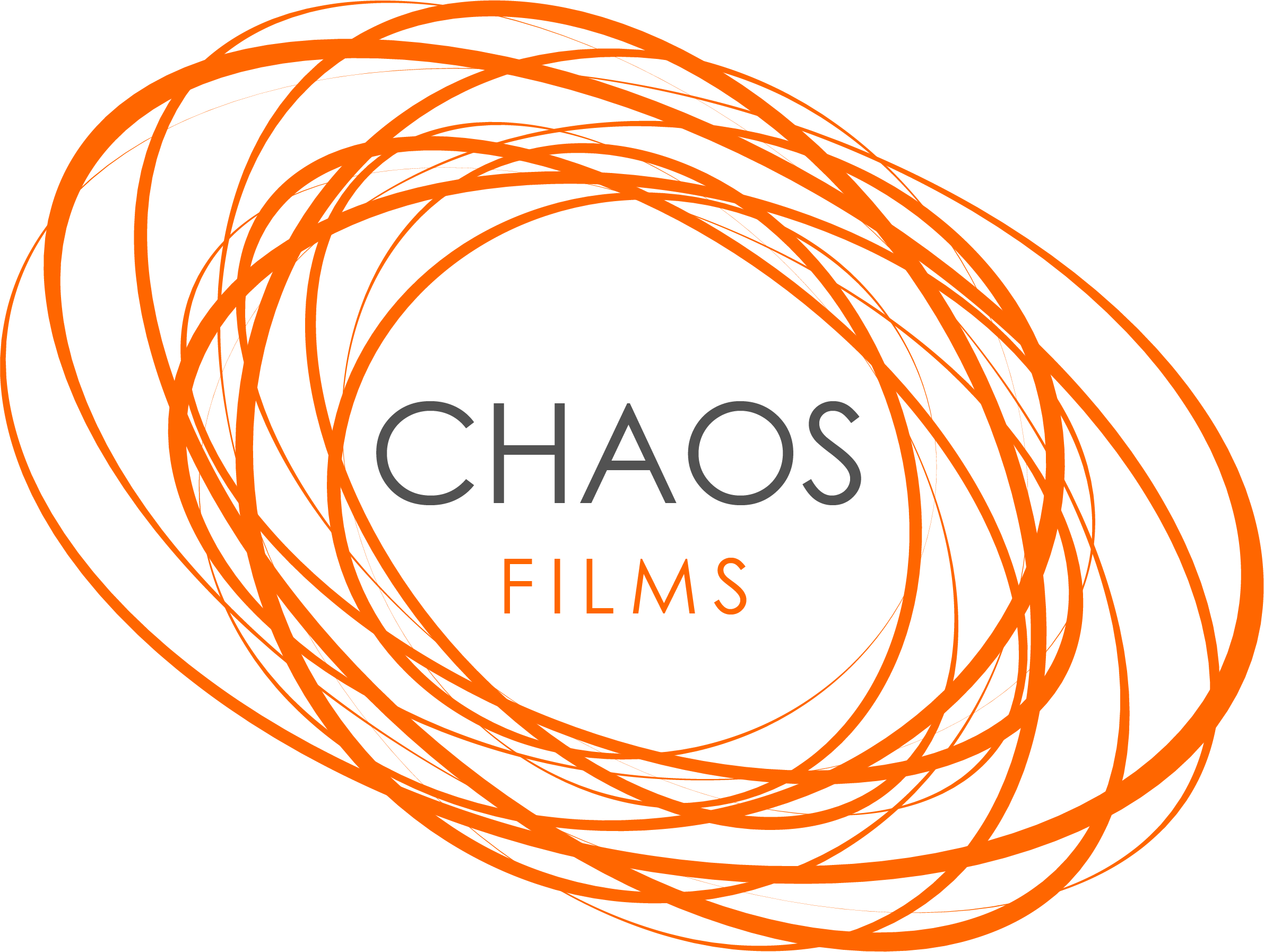
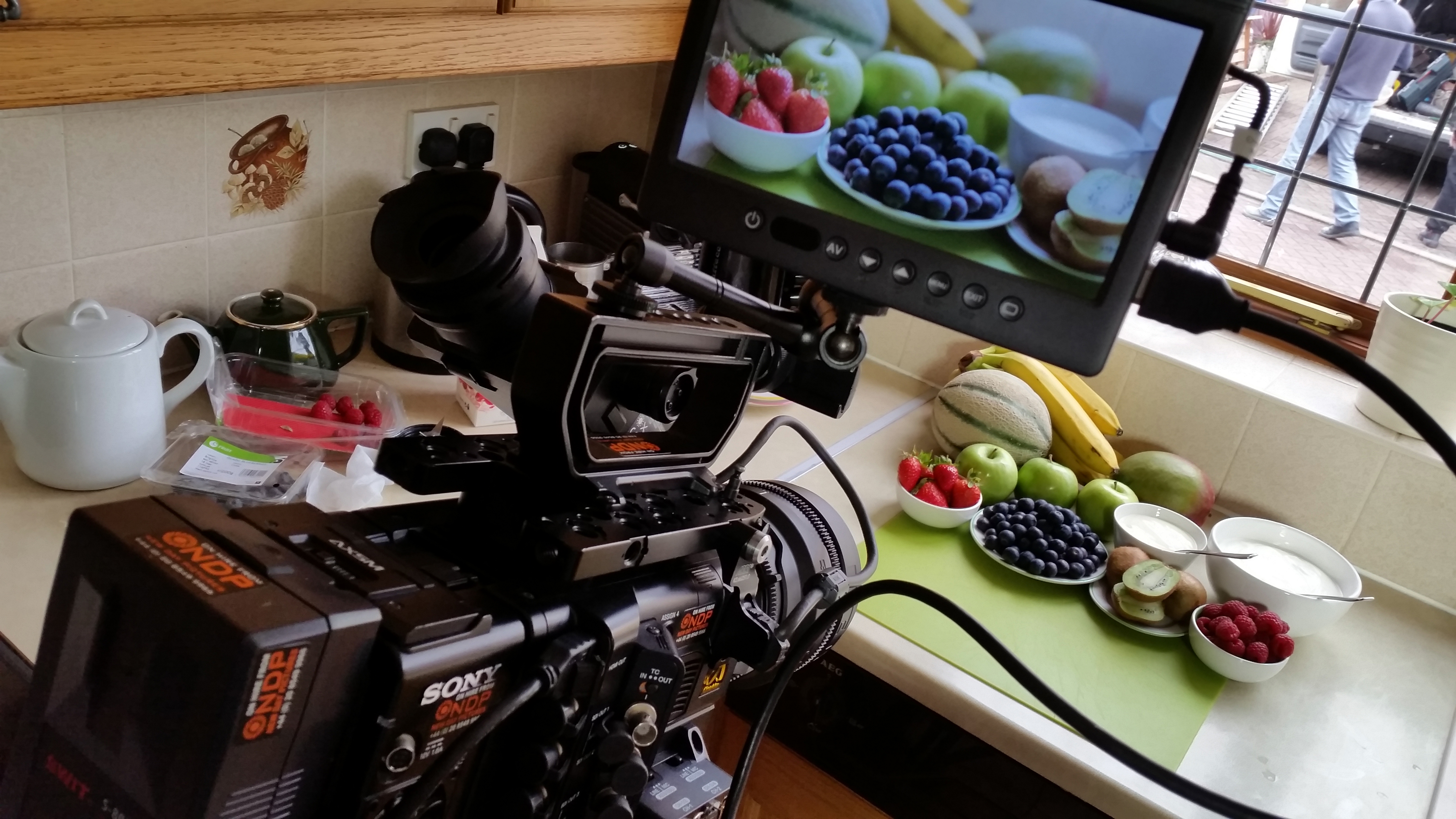
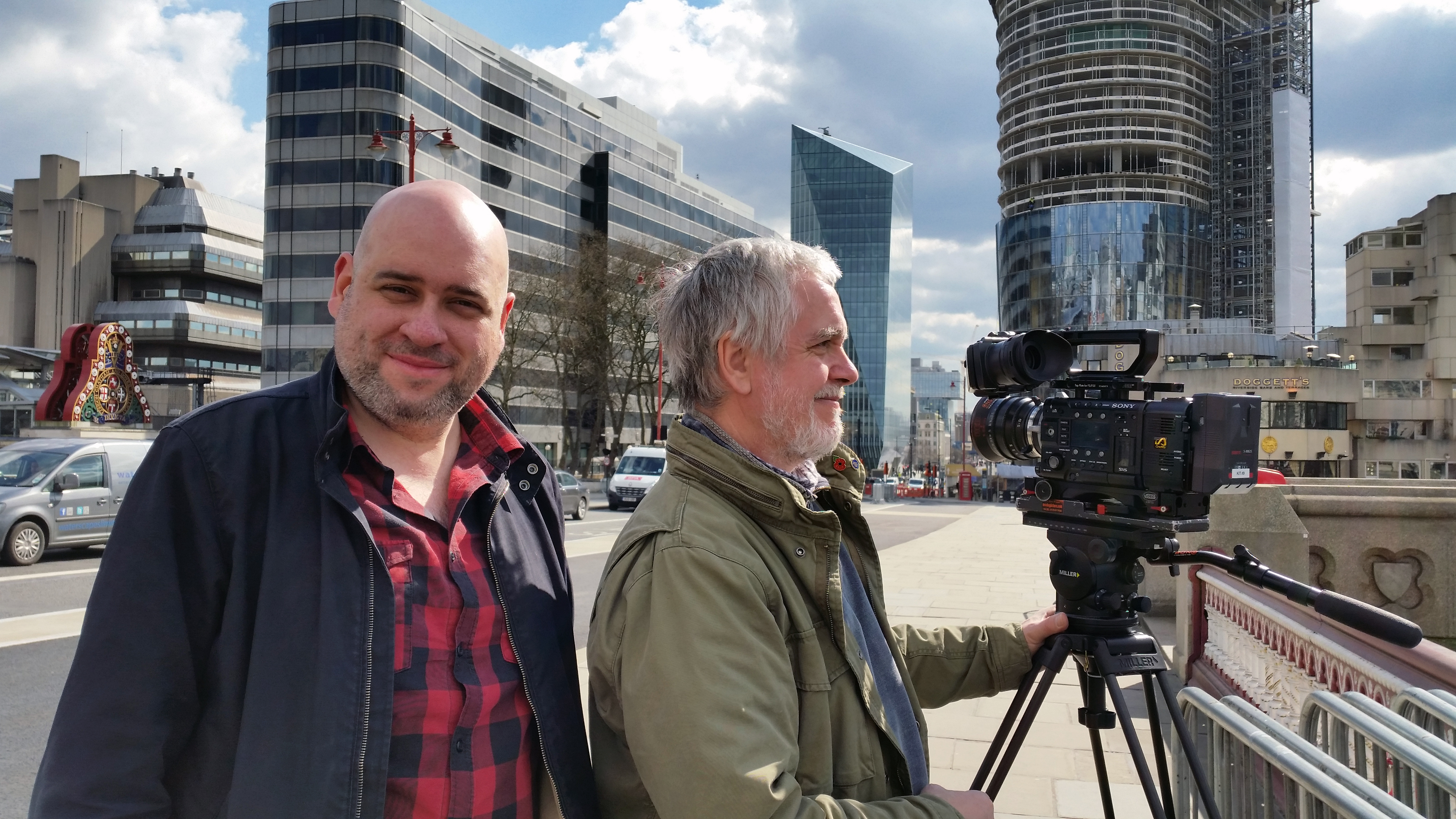
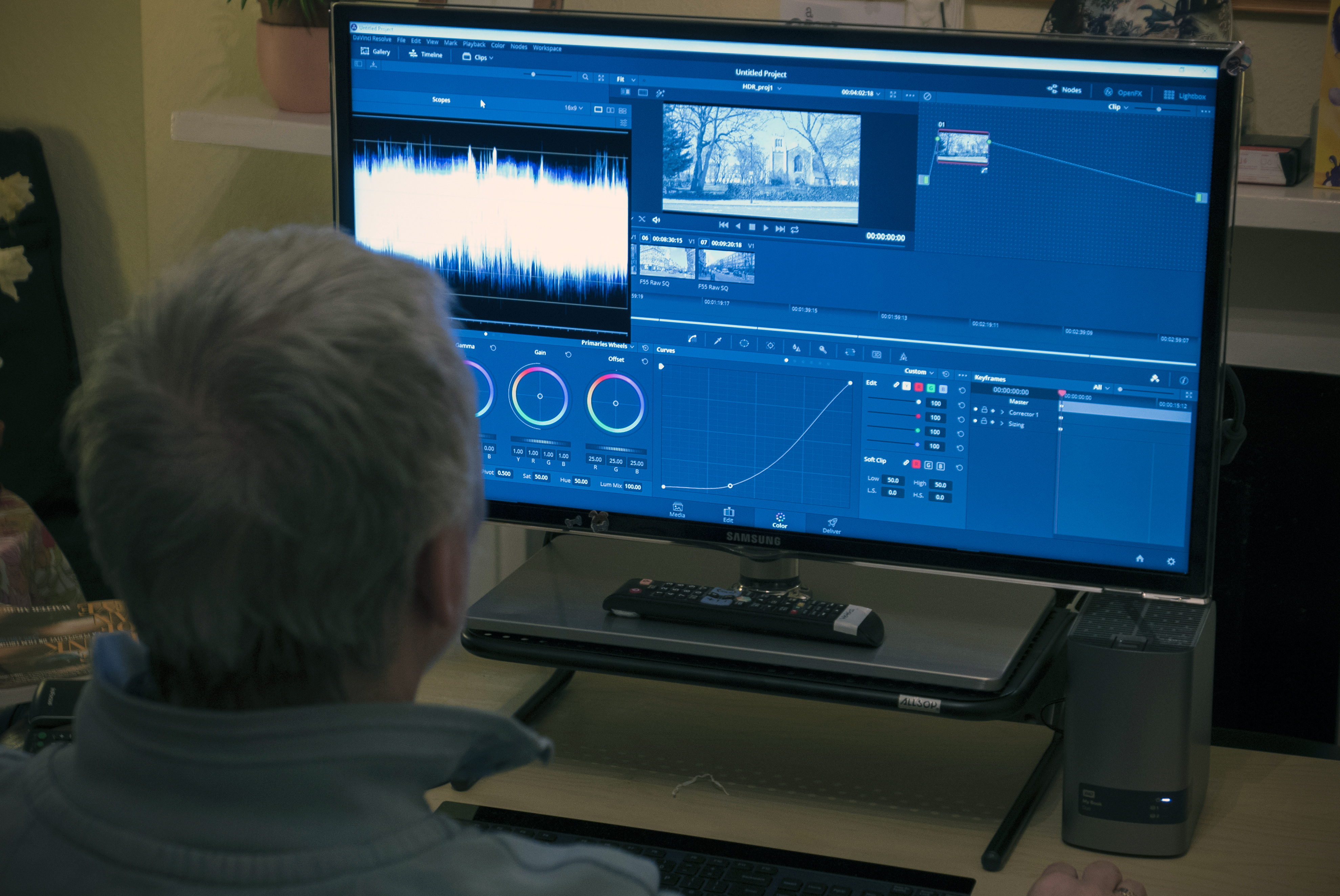
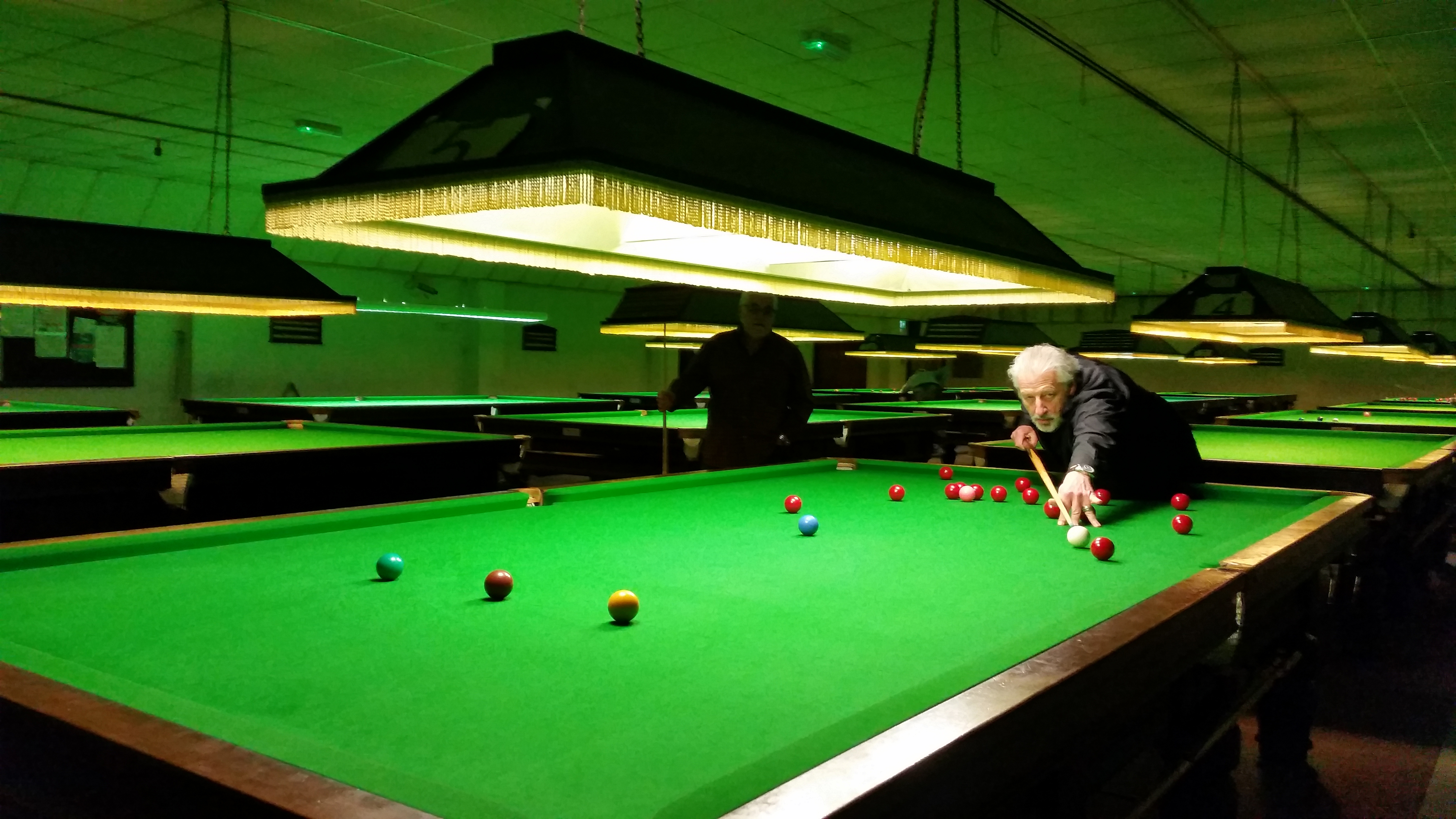
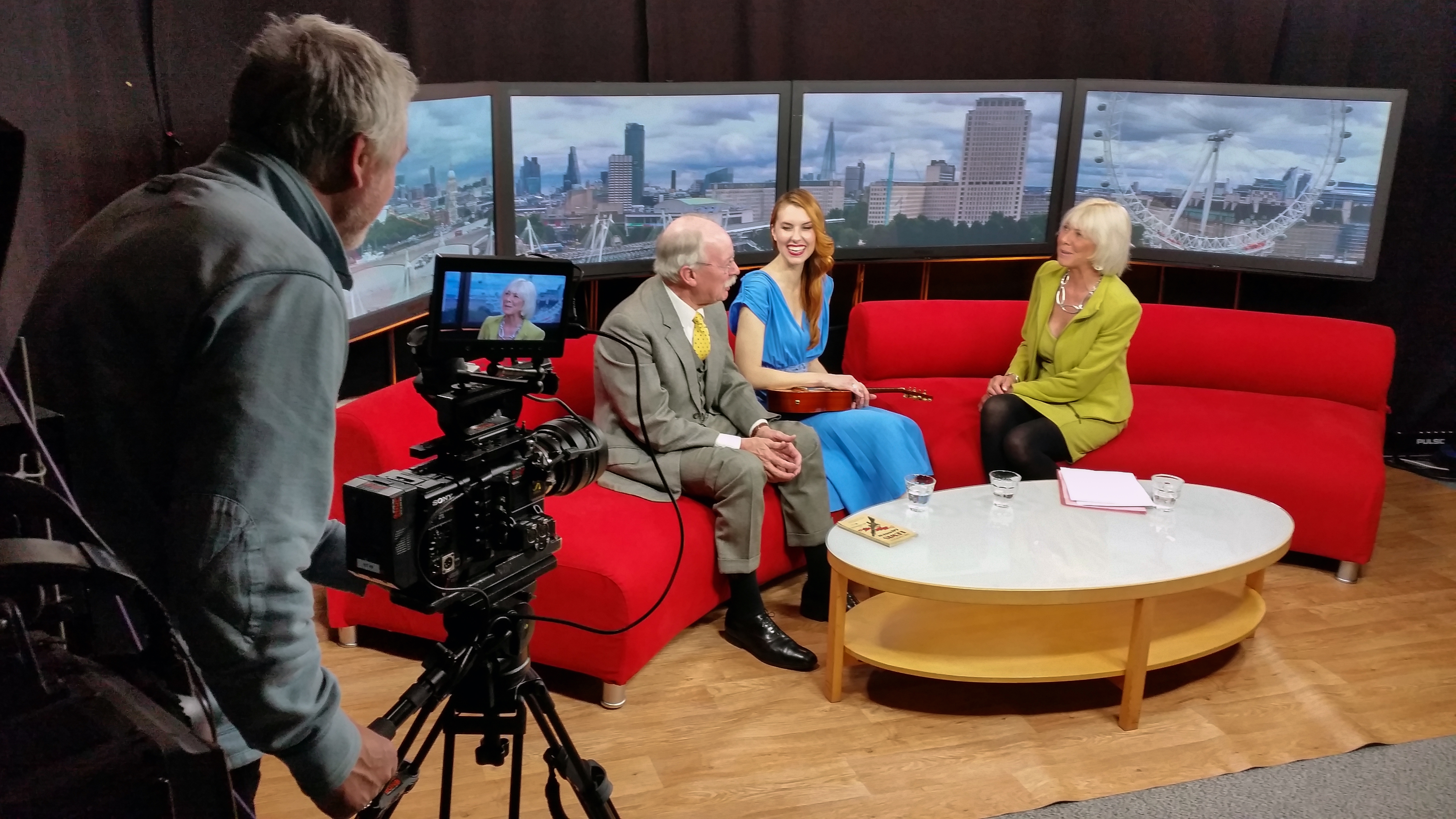
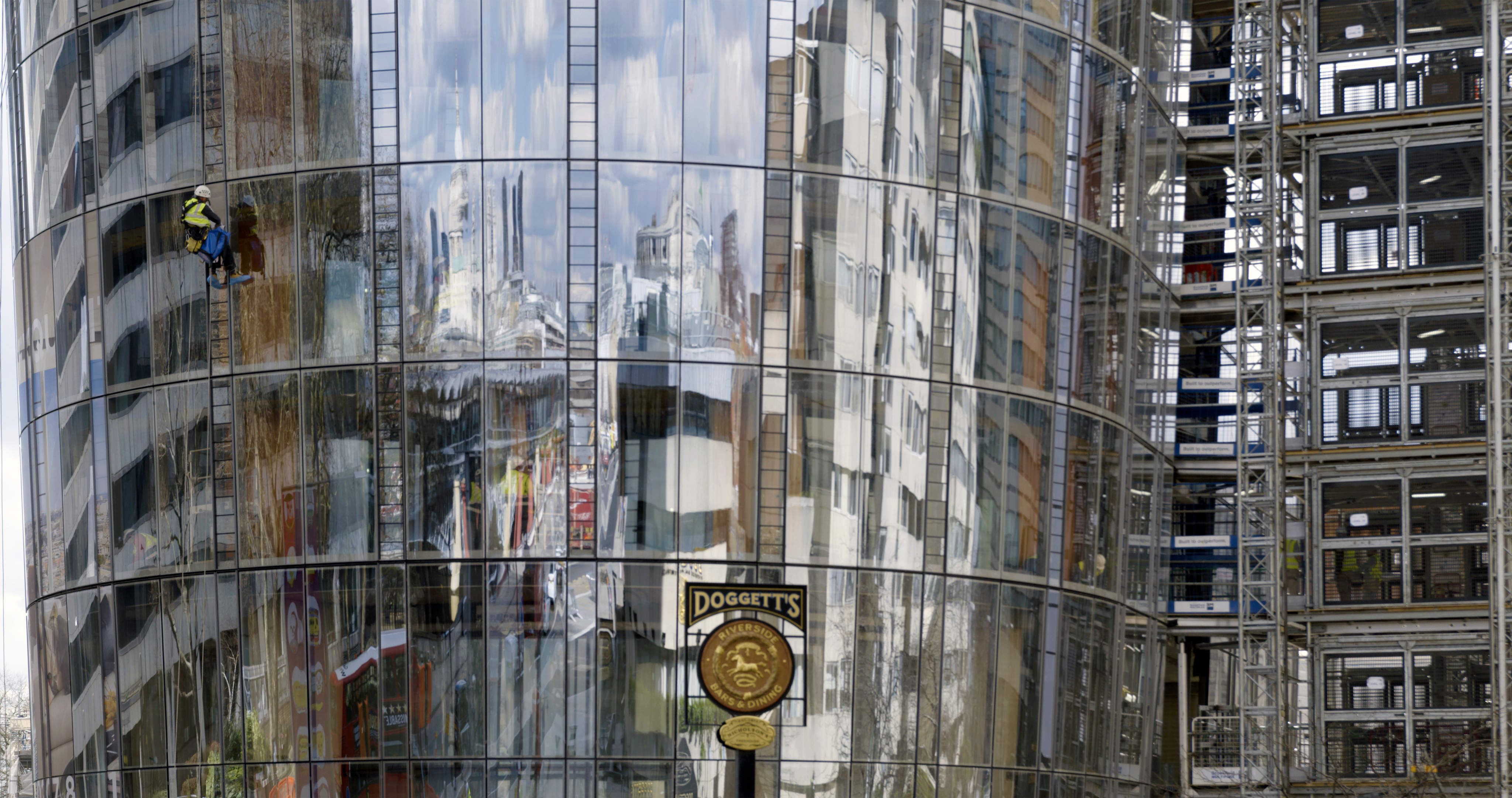



Recent Comments